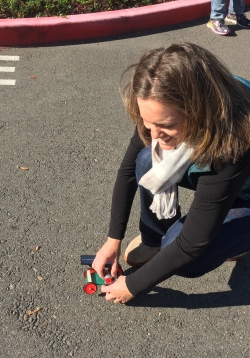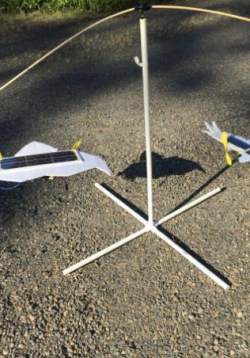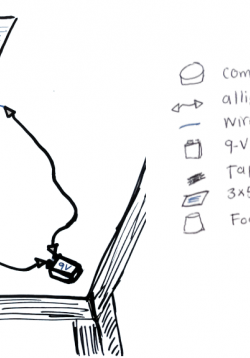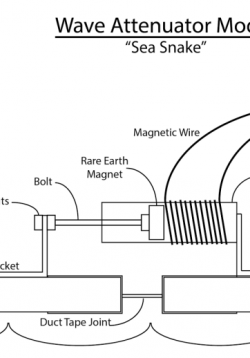Solar Car Challenge: Solutions Briefing
Students will play around with the solar car kits to familiarize themselves with the materials in preparation for the solar car engineering challenge.
Solar Car Challenge: Redesigning Your Solution & Results of the Design Process Activity
Students will play around with the solar car kits to familiarize themselves with the materials in preparation for the solar car engineering challenge.
Solar Car Engineering Challenge Unit
Students will build a solar car using instructions provided (Sol Run). They will take measurements of their car and then test to see how fast it can travel a 3m track. After students obtain their initial results they will research how to improve the car’s...
Solar Mobile Design Challenge Unit Plan
This unit involves students learning about transferring solar energy to small motors, exploring the center of gravity and testing light sources (including the sun). The culminating engineering design project gives students the chance to pull...
Introduction to Electromagnetism
Through a series of goal-oriented activities and research, students will build physical models that demonstrate the interactions between magnetism and magnetic fields as well as interactions between magnetism and electric fields. Students will be...
Building a Tidal Wave Attenuator
This lesson is designed to build upon investigations of electromagnetic energy by applying these phenomena to transfer the kinetic energy moving in waves to electricity by building a wave attenuator.
Testing a Tidal Wave Attenuator
Students will test the efficiency of the tidal wave attenuator models that they previously built. They will determine variables on their models they can manipulate, such as wire gauge and magnet strength, and measure the effects of manipulating this...
Wave Attenuator Unit Overview
Through a series of learning experiences, students will experiment with the basic concepts of motion to electrical energy transformation. Students start by building a series of models that demonstrate the interactions between magnetic and electric fields....




